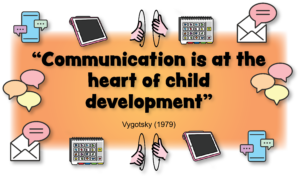More About Baby Signing and Toddler Signing

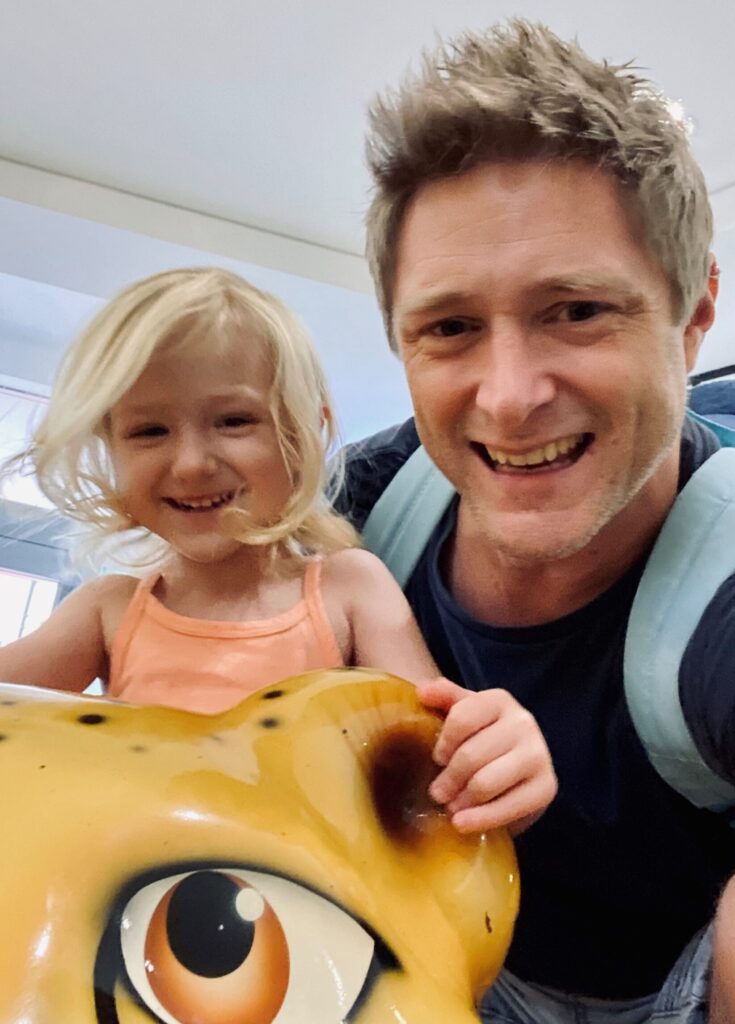

Did you know, babies can sign before they can speak?!
One of the biggest frustrations as a parent is not being able to under our children and for the children it’s not being understood and therefore not getting their needs met. By using Baby Signing and Toddler Signing, you and your baby can communicate a lot sooner and a lot easier.
What are the main benefits of using Baby Signing and Toddler Signing
- greater communication
- reduction in frustration and meltdowns
- increased bonding
- dexterity skills
- language skills
- increase in confidence and self-esteem
When can I start signing with my baby?
As soon as possible, even before they are born. This gets you into a really good habit and it will start to become natural to you, this will make it a lot easier for your baby to pick it up. Babies can use and understand signs long before they can speak. If used consistently, babies can sign as young as 6 months but typically it is around the age of 8-9 months when they can start to sign back to you. This is when they really start to get to grips with the fact that they have hands and can use them. Even before they sign back, babies can understand your signs, this can be reassuring for them and can really help calm a stressed out little one.
Does baby signing delay speech?
Absolutely not. Research has found that signing can actually help with speech and language. Speech is quite a complex task for little ones to master, making the right sounds, getting the right mouth shape and matching these to the correct object is quite a feat. Baby & Toddler signing / key word signing can be a bridge to link preverbal to verbal. It can help with learning how to speak by:
- linking the correct word with the object by emphasising that word
- slowing your speech to make individual word sounds clearer
- using both visual and verbal communication
- stimulating both sides of the brain
- stimulating the language centre of the brain
- helps with categorising (a skill they also start with at around 8-9 months)
- using more eye contact
- encouraging the use of more words
- using signs through songs
Eye contact with a loved one releases oxytocin, the bodies natural ‘happy drug’. These relaxing, calming, happy hormones not only create a positive link with communication resulting in the child wanting to communicate more but also oxytocin has been shown to be hugely beneficial for the young child’s brain development.
Is it too late to start baby signing?
Absolutely not, baby signing can be extremely useful for toddlers too. Once they start talking is when they can also get really frustrated as they know the benefit of communication but are struggling to execute it. Sometimes they just can’t find the right word and baby signing can be a quick and easy solution but also can link the word with the object. Baby signing is very visual so can be quick and effective in an unfamiliar, noisy and distracting setting like at a park or whilst out shopping.
What are other benefits to using baby sign?
Visual & Verbal
Some children respond better to verbal cues and some to visual, the beauty of baby signing / key word signing is that it incorporates both methods.
Play
We all know that children learn best through play. It is easy to incorporate baby signing into play and it can actually enhance game play. You can use baby signing to make stressful things like ‘tummy time’ more enjoyable and distract the child in less favourable situations.
Music
Music has so many benefits for adult and child alike from learning, communication, coordination, self regulation, good mental health. We use songs, particularly nursery rhymes alongside our signs especially nursery rhymes as they use lots of repetition and are a simple and fun way for children to engage and learn.
Reading
Reading also has so many benefits for children and adding baby signs to stories is a brilliant way to introduce baby signs into your every day routine. It can also enhance a story making it easier for the little one to understand and therefore enjoy and engage with.
Hand dominance
In baby signing you normally lead with your dominant hand however, with little ones we often have our hands full and it is more important to be using signs than worrying about using the correct hand so just use whatever feels more comfortable or you have available. Also hand dominance doesn’t start to emerge until between 2-4 so at the beginning they will change which hand they prefer to use.
We already use gestures and facial expressions in our language, infants use signs all the time, pointing at things, reaching to be picked up and turning away from things they don’t like. Baby signing and Toddler Signing is simply utilising this skill that we already have and enhancing it.
What’s the difference between Baby signing, Toddler Signing and key word signing?
Not a lot really. They both use hand signs, facial expressions and body language alongside speech to enhance communication. We still use the same Australian Sign Language (Auslan) signs alongside the key words of a sentence. With baby signing, often the signs we use are more focused on what interests the baby (animals and objects around us), to get them to want to use signs and realise the benefit of signing. We also don’t worry so much about them getting the sign correct, we recognise that they haven’t got the dexterity we do and that they will adapt the signs to suit themselves sometimes completely making up their own signs. This is completely encouraged as well as using which ever hand they want as hand dominance will not come through yet. As a child gets older, more adept at using signs or if they need to use key word signing as a continual communication source, we are able to use signs with more purpose and string signs together in a sentence.
Greater communication leads to better understanding and a more contented and fulfilled life.
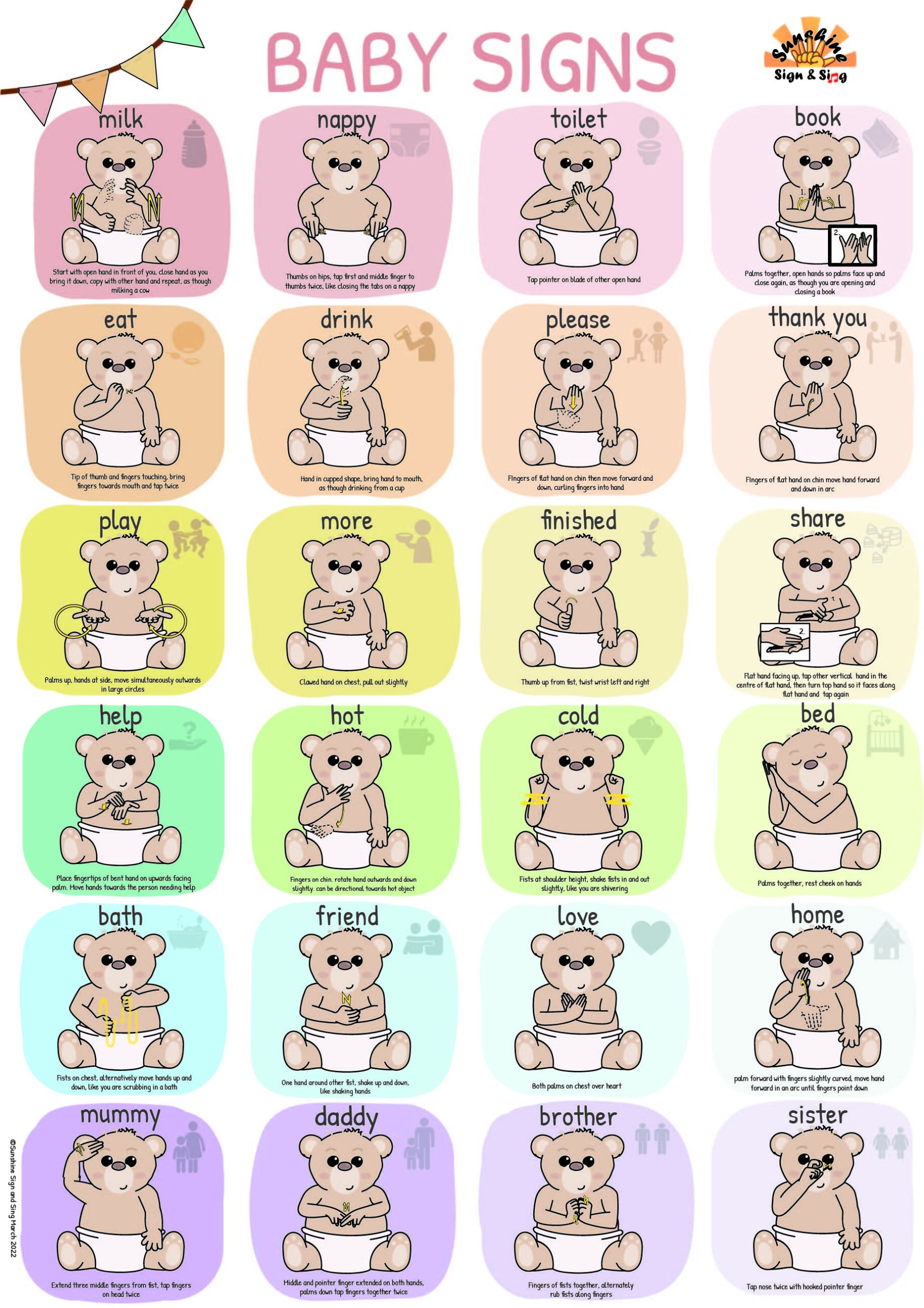
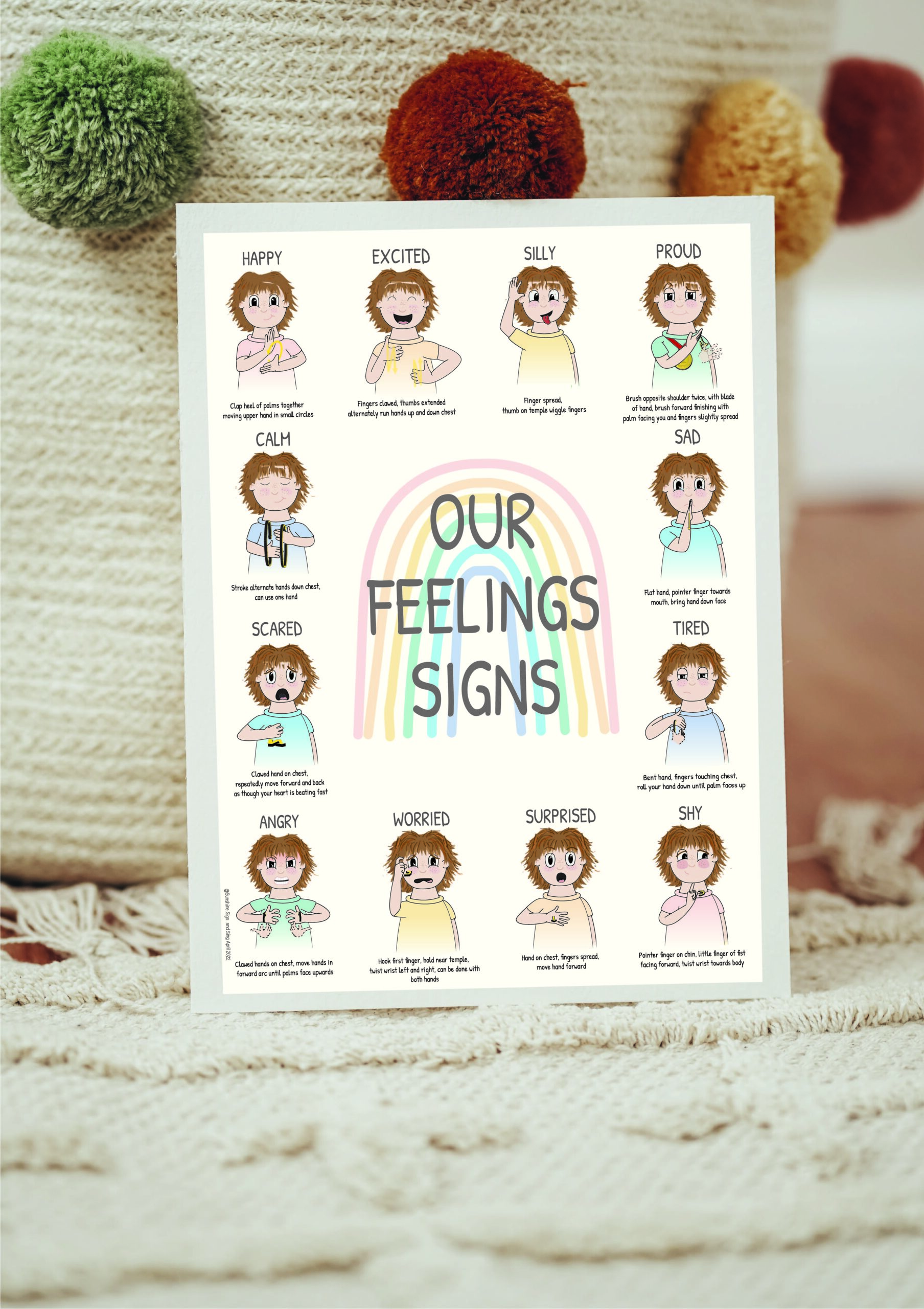
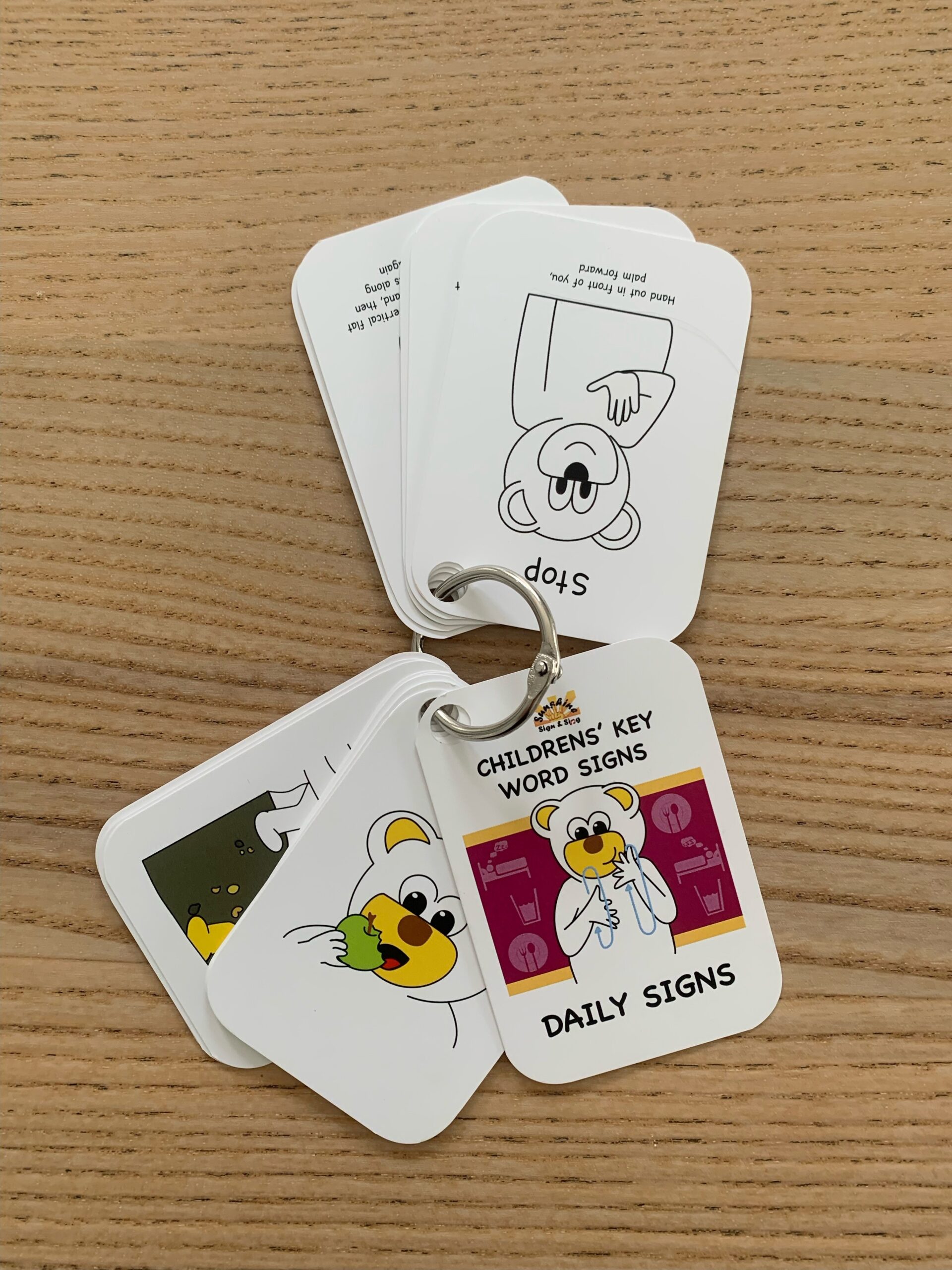
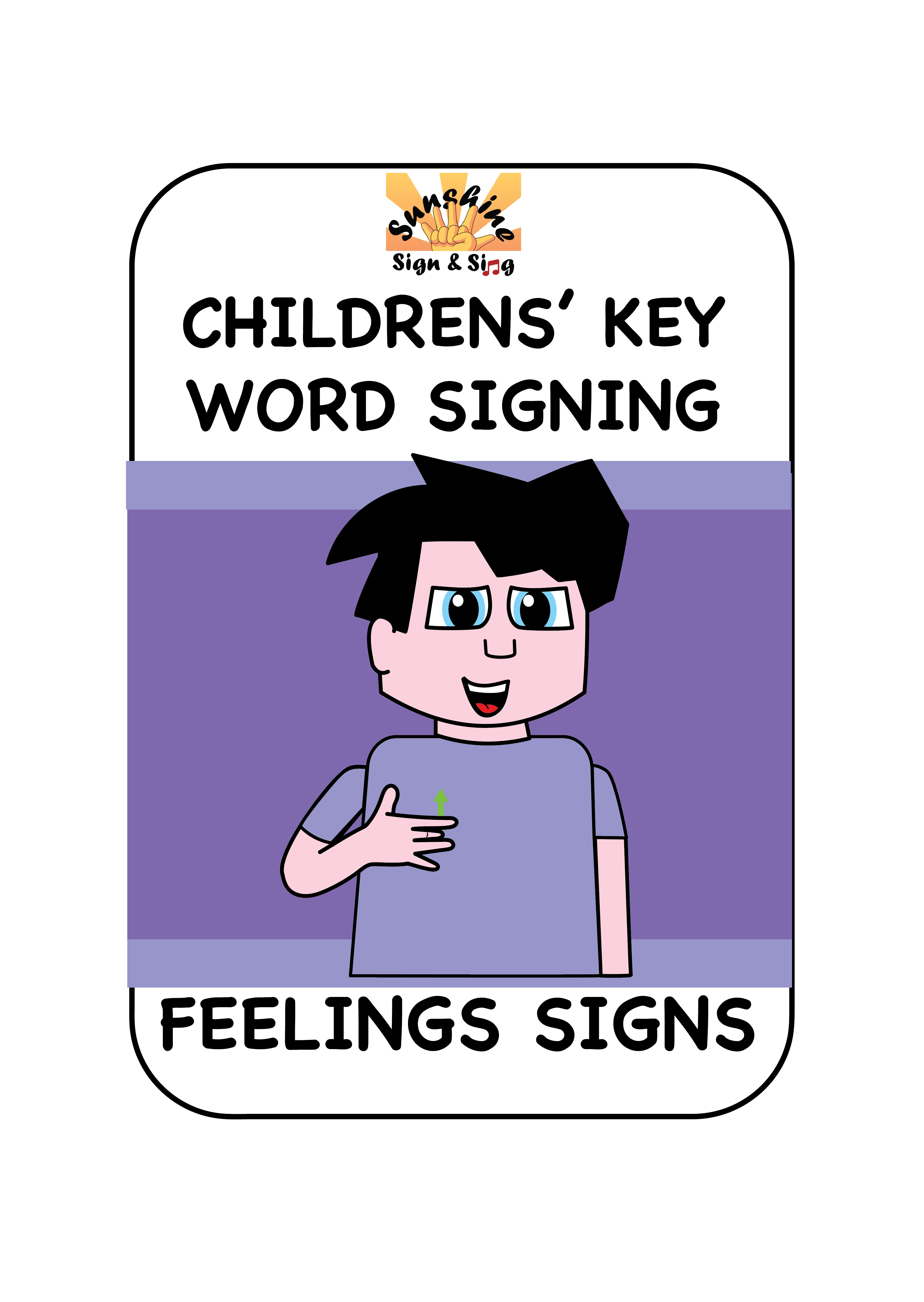
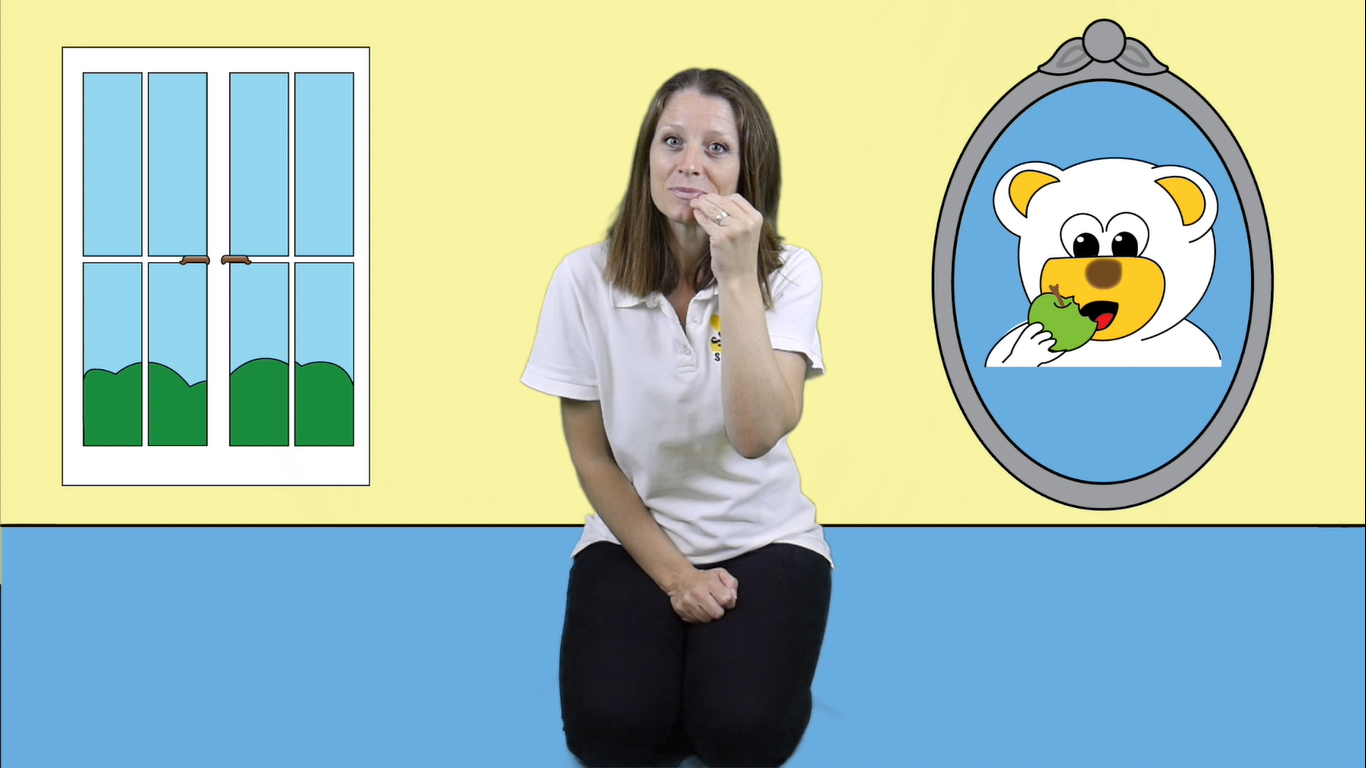



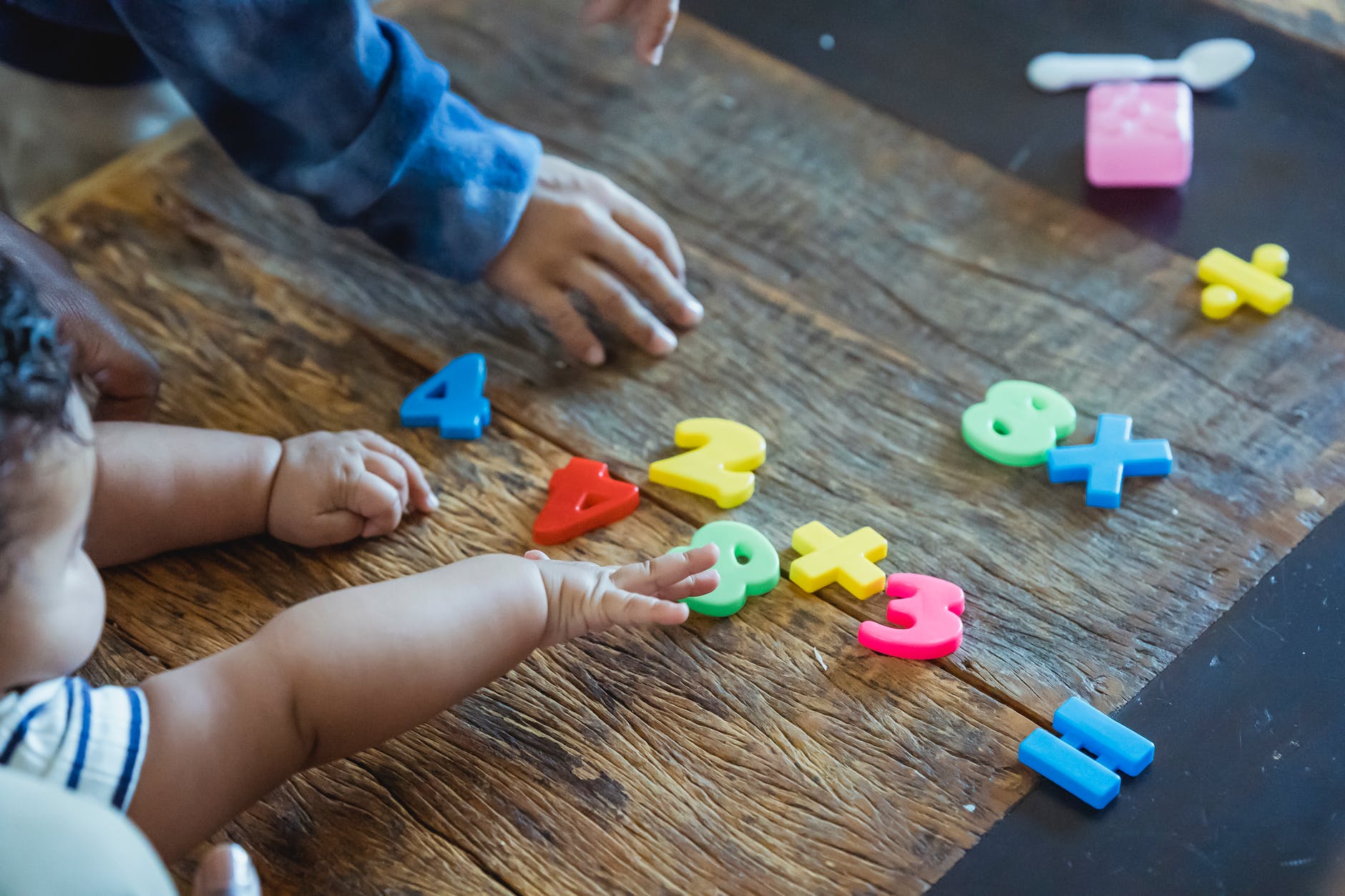
Babysignstoo.com (2019). Language Development. [Online] Available at: https://babysignstoo.com/information/benefits (Accessed: 30 August 2019).
Corballis, M.C. (2002). From hand to mouth: The origins of language. Princeton, NJ: Princeton University Press.
Daneils, M. (2009). The effect of sign language on hearing children’s language development. Communication Education, 43:4. p.291-298.
Doherty-Sneddon, G. (2008) The great Baby Signing Debate. [Online] Available at: http://thepsychologist.bps.org.uk/volume-21/edition-4/great-baby-signing-debate (Accessed 30 August 2019).
Moore, B., Acredolo, L.P. & Goodwyn, S.W. (2001). Symbolic gesturing and joint attention. Paper presented at the Biennial Meetings of the Society for Research In Child Development, Minneapolis, MN.
Philips, M., L. (2002). Sign Language and the Brain. Available at: https://faculty.washington.edu/chudler/sign.html (Accessed 30 August 2019).
Vygotsky, L.S. (1978). Mind in society. Cambridge, MA: Harvard University Press.

